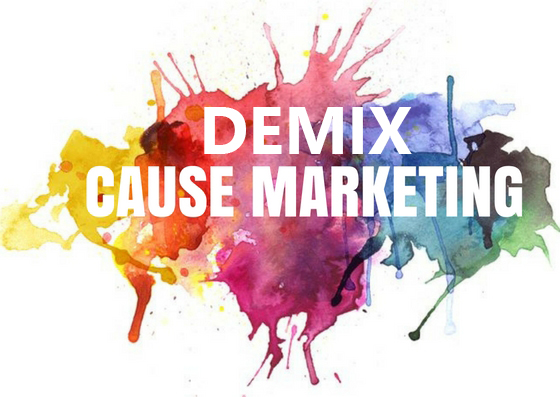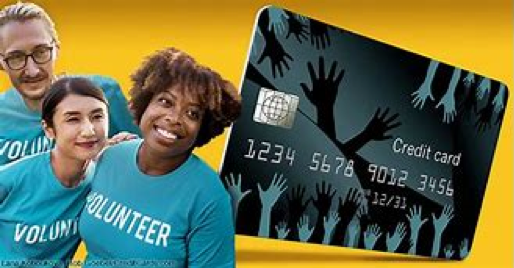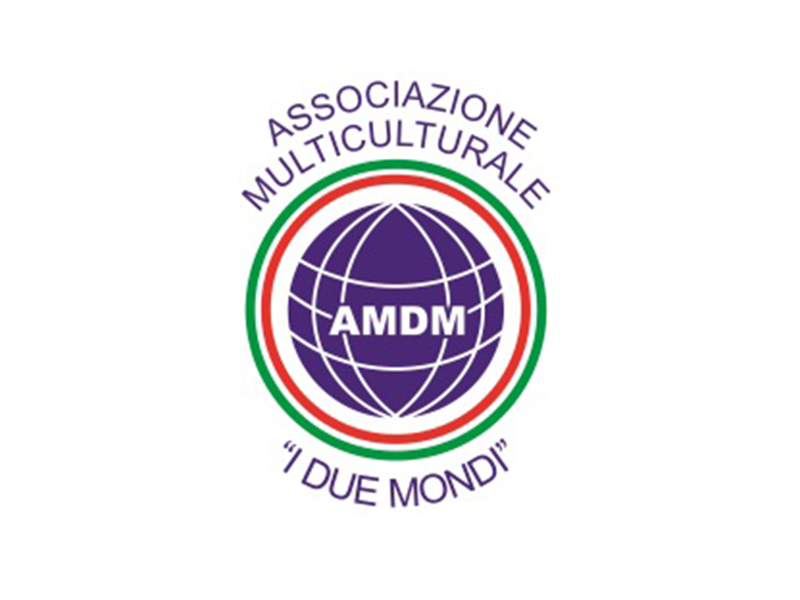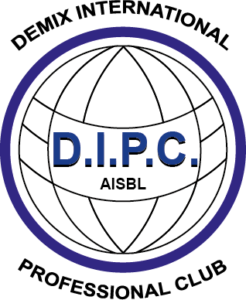DEMIX CAUSE MARKETING
In recent years, cause-related marketing, or cause marketing, has exploded despite being a relatively young concept, going from a $ 120 million industry in 1990 to over $ 2 billion in 2017. Essentially, cause-related marketing is an effort between a for-profit company and a non-profit to raise money for a particular cause. Both the non-profit and the for-profit corporation can benefit from this agreement. The company expects to sell more products, while gaining awareness of its values and a willingness to support good causes. The non-profit organization benefits from both a financial point of view and a higher public profile as a result of its partner’s marketing efforts.

Cause marketing was born in the early 1980s, in the U.S.A. thanks to American Express’s collaboration with a nonprofit group that was raising funds to restore the Statue of Liberty. American Express provided a portion of each purchase via its credit card to the cause, as well as an additional donation for each new application that resulted in a new credit card customer. The company also launched what was at the time a huge advertising campaign with great results, in fact, the restoration fund raised more than $ 1.7 million and the use of the American Express card increased by 27%, coining the term “cause marketing”. New card applications increased by 45% over the previous year. All of this was accomplished with a three-month campaign.
HOW DOES IT WORK?
A cause-related marketing program is not an anonymous or low-profile donation to a non-profit organization, but allows the public to know that this company is socially responsible and interested in the same causes as its customers. Marketing campaigns related to the cause can appear in a variety of forms. Jocelyne Daw, in her book “Cause Marketing for Nonprofits” lists some of the most popular:
- Product sales: just think of the (red) campaign, which brought together many companies to sell specially signed products (a red Gap t-shirt or a red iPod, for example), with part of the sale price going to the Global Fund for the prevention of HIV and AIDS.
- Purchase Plus: Also called the “point of purchase,” this popular campaign takes place at the pay lines of grocery stores or other retail stores. Customers add a donation starting at $ 1 to their invoice and the store processes the money and distributes it to a partner’s nonprofit. The promotion is low-key, but that makes these programs easy to set up. The “Checkout for charity” campaigns have raised over $ 3.88 billion over the past thirty years.
- Nonprofit Brand Logo and Assets License: Licenses range from products that are extensions of the nonprofit’s mission to using its logo on promotional items such as T-shirts, mugs, and credit cards for the nonprofit to provide certification or a recommendation of particular products. An example of the latter is the American Heart Association which approves products that meet its heart health standards.
- Social or public service marketing programs: social marketing involves the use of marketing principles and techniques to encourage change in behavior in a particular audience. One example is the American Cancer Society’s partnership with several companies over the years for the Great American Smoke Out.




This causes marketing activities other than corporate philanthropy, which consists of monetary gifts directed to a non-profit organization. These donations often come from the foundations of the company and support a particular program that the non-profit organization carries out, short or long term.
From the experience gained with the collaboration with the American consultancy firm Catalist Marketing, DEMIX GROUP has been involved in carrying out marketing cause initiatives including: ECOMO Cooperative (Ivory Coast and Guinea) for the production and processing on site of coffee, cocoa and rubber by 250 families of local sharecroppers, with subsequent worldwide distribution of the finished product; Multicultural Association “I Due Mondi” (Latin America) specializing in international cooperation with Italy through the promotion of social assistance and cultural activities in favor of immigrant citizens; MEDCO Middle Oriental Development Company (Middle East) cluster to support the development of innovative projects in the start-up phase.
